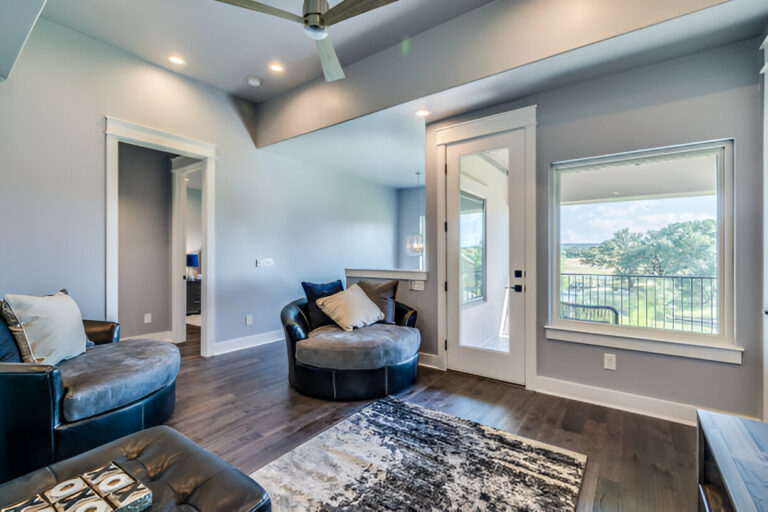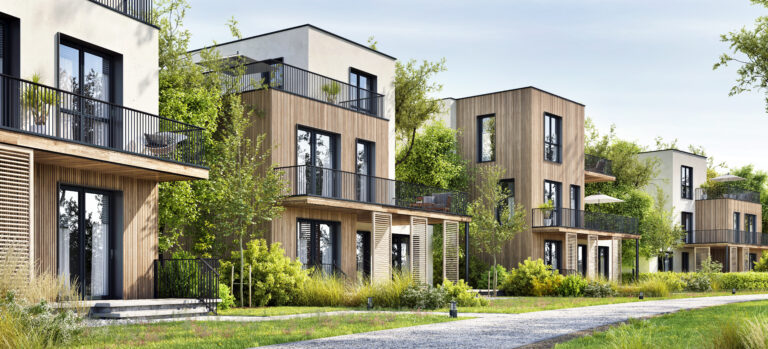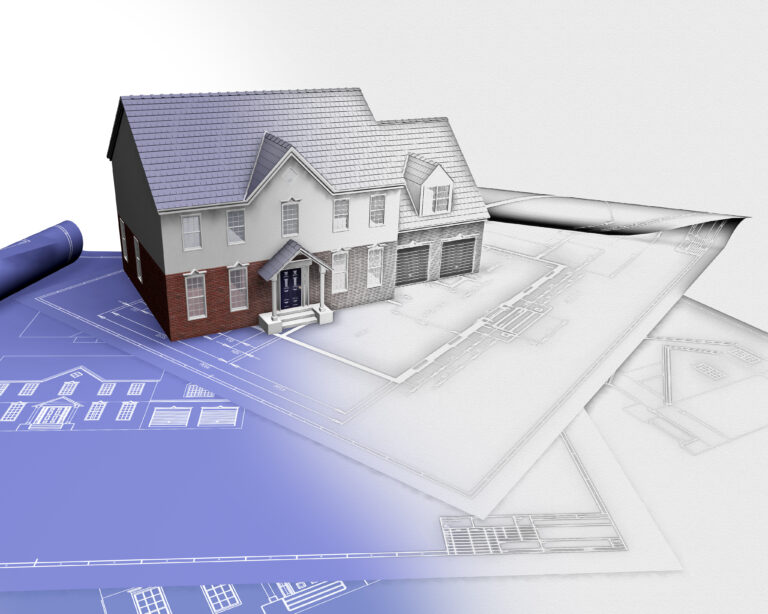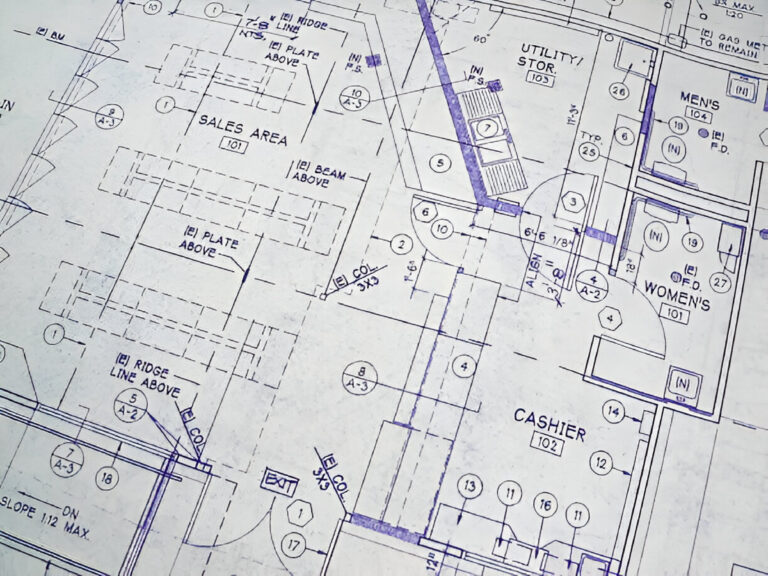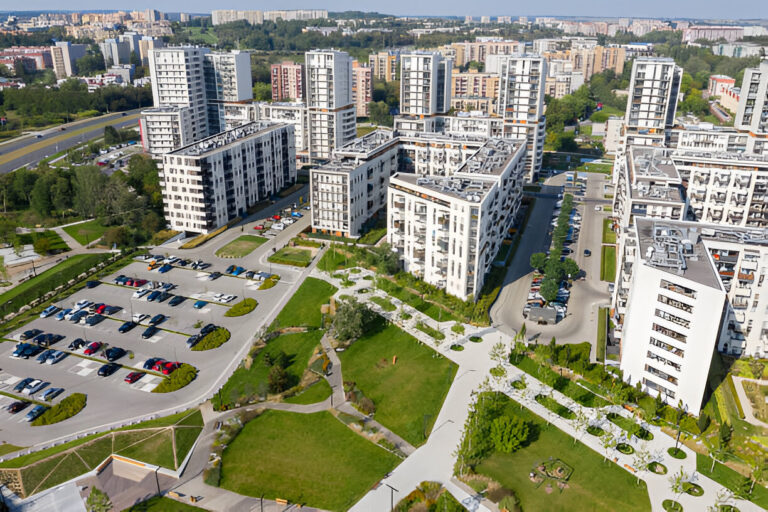Introduction
In the competitive real estate market, effectively combining traditional and digital marketing tools is essential for attracting potential buyers. Brochures and virtual property showcases when used together, create a powerful toolset that enhances property visibility and appeal. This blog explores how real estate professionals can leverage these tools to maximise buyer interest.
Designing Impactful Real Estate Brochures Steps

Eye-Catching Design and Clear Layout: Utilize attention-grabbing designs and high-quality photographs to make a strong first impression. Organize content in a logical, easy-to-navigate format that smoothly guides the reader through essential details like location, price, and property size.
Concise and Engaging Content: Craft short, impactful descriptions that highlight the property’s top features and unique selling points, such as modern renovations or historical significance, without overwhelming the reader.
Brand Consistency: Ensure the brochure reflects your agency’s branding consistently across colors, fonts, and design elements to enhance professional identity and instil trust.
Comprehensive Contact Information: Clearly display all necessary contact details, including phone numbers, email addresses, and social media links, making it easy for potential buyers to reach out or follow up.
Quality Production: Invest in professional printing services to produce a polished and durable brochure, enhancing the perceived value of the property and your brand.
Creating Engaging Virtual Property Showcases
Virtual property showcases, particularly those enhanced by 3D rendering services, allow potential buyers to explore properties in a comprehensive and immersive manner. These showcases should offer interactive features such as 360-degree views and the ability to zoom into specific details, which are made possible through real-estate rendering. This not only enhances the user experience but also gives buyers a better sense of the property’s layout and potential.
Targeting the Right Audience
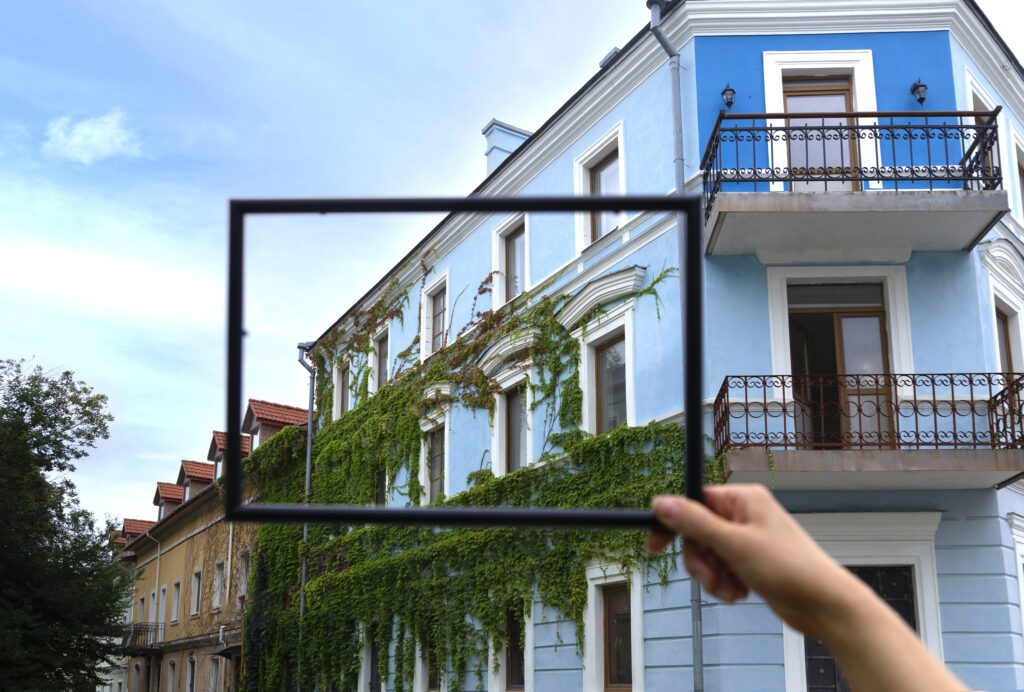
Understanding your target audience is crucial when creating both brochures and virtual tours. The design and content should cater to the specific needs and preferences of your intended demographic. For instance, luxury properties might benefit from sleek, high-end brochure designs coupled with VR house tours that highlight premium features through 3D renders.
Leveraging Brochures to Complement Virtual Tours
Brochures can serve as a physical extension of virtual tours. By including QR codes in your printed brochures, you can provide direct links to virtual tours. This not only bridges the gap between traditional and digital marketing but also drives traffic to your digital content, increasing the chances of engaging buyers further.
Integrating QR Codes and Digital Elements in Brochures

Adding QR codes to brochures that link directly to virtual property showcases can significantly enhance the interactive experience. This integration ensures that potential buyers have immediate access to a more detailed, immersive online view of the property, which can help in making more informed decisions about scheduling an in-person visit.
Marketing and Distribution Tactics
Effective distribution is key to ensuring that your brochures and virtual tours reach as many potential buyers as possible. Distribute brochures in high-traffic areas and at local events, and promote your virtual tours via email marketing, social media, and on your agency’s website. These strategies ensure that both resources work together to maximise exposure and attract more buyers.
Tracking and Measuring Success
To understand the effectiveness of your marketing strategies, use analytics tools to track how many viewers are engaging with your virtual tours and how many are accessing your tours through QR codes in brochures. This data can help refine your marketing strategies and improve future campaigns, ensuring you continue to attract more buyers effectively.
Future Trends in Real Estate Marketing

As technology advances, the integration of augmented reality (AR) in brochures and more sophisticated virtual reality (VR) in online showcases will likely become common. These technologies promise to make property marketing even more interactive and engaging, keeping potential buyers more involved and likely to make a purchase decision.
Conclusion
Combining traditional brochures with innovative virtual property showcases is a powerful strategy in today’s real estate market. By using these tools effectively, real estate professionals can enhance their marketing efforts, reach a wider audience, and ultimately, sell properties faster. As we look to the future, staying ahead of technological advancements and integrating them into marketing strategies will be key to continued success in the real estate industry.
Frequently Asked Questions
1. How often should I update my property brochures?
Update your brochures whenever there are significant changes to the property or to reflect any new marketing strategies, typically every few months or as needed.
2. What is the most effective way to distribute real estate brochures?
Distribute brochures at local events, through mail campaigns to targeted demographics, and at physical locations like cafes and real estate offices where potential buyers are likely to visit.
3. Can virtual tours replace physical property viewings?
While virtual tours provide a convenient initial viewing experience, they are best used as a complement to physical viewings, not a replacement, especially for serious buyers who wish to get a true feel of the space.
4. How can I make my virtual tours more engaging?
To enhance engagement, include interactive elements such as clickable information points, the ability to switch between day and night views, and integrated floor plans.
5. What should I include in a QR code linked to a brochure?
The QR code should link directly to additional resources like detailed virtual tours, a dedicated property website, or contact information for immediate queries.
6. How do I track the effectiveness of my virtual tours?
Use analytics tools provided by hosting platforms to track viewer engagement metrics such as number of views, duration of views, and interaction rates. This data can help you understand what attracts potential buyers and adjust your tours accordingly.
7. What's the best way to integrate brochures and virtual tours into my overall marketing strategy?
Use brochures to pique interest and direct potential buyers to your virtual tours for a deeper engagement. Ensure all marketing channels are aligned and consistently reflect your branding and property messaging.
Alex Smith is a content writer at RealRender3D, writing informative articles on 3D rendering, interior design, architecture, and related topics.
With over 15 years of experience at top UK architecture and interior design firms, Alex leverages his expertise to write engaging content educating readers on AEC industry trends and best practices.
Connect with Alex at alex@realrender3d.co.uk.


